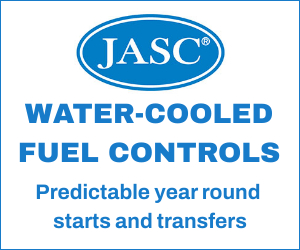If your site has a pre-F-class gas turbine, in peaking or combined-cycle mode, and you think there’s more money to be had playing the spot-capacity or flexible-start markets, take an hour and listen to TTS Power’s recorded webinar below conducted a couple of weeks ago. Chances are, you’ll come away with an option that not only makes sense but also is affordable.
For optimizing capacity to meet the spot market, the options include raising firing temperature, increasing mass flow, implementing dormant peak-firing capability (that is, originally designed into the unit but not used), and optimizing peak firing (especially for DLN units). Most of these require a thorough evaluation of the unit’s current operating regime compared to original design. It can be as simple as discovering that the current firing temperature is what satisfied the commissioning criteria, not the GT’s capability; or as complex as learning that mods deployed to increase mass flow (wet compression, for example) did not properly optimize for firing temperature.
The key, noted Ricky Morgan, TTS Power’s VP engineering, during the Q&A, is to ask yourself, “where could this machine fire,” not assume that where it currently is firing is optimum.
Only a few vintage GT designs can meet 10-min start requirements without mods, noted VP Pat Begley. The biggest gain comes from eliminating the purge cycle via NFPA 85, but smaller gains—such as by upgrading wiring and cabling, replacing hydraulic/pneumatic valves with electric, eliminating single points of failure in transmitters, sensors, and switches, upgrading HMI, and otherwise replacing obsolete components—can add up.
The impact of any of these mods on GT maintenance factors and the site’s emissions permit must of course be thoroughly evaluated. Plus, the more “vintage” a machine is, the more likely it is to be operating off of original design, if only because of deferred maintenance and component changes. Thus, you’ll want to have a site evaluation study once you identify one or more options that could make sense.







